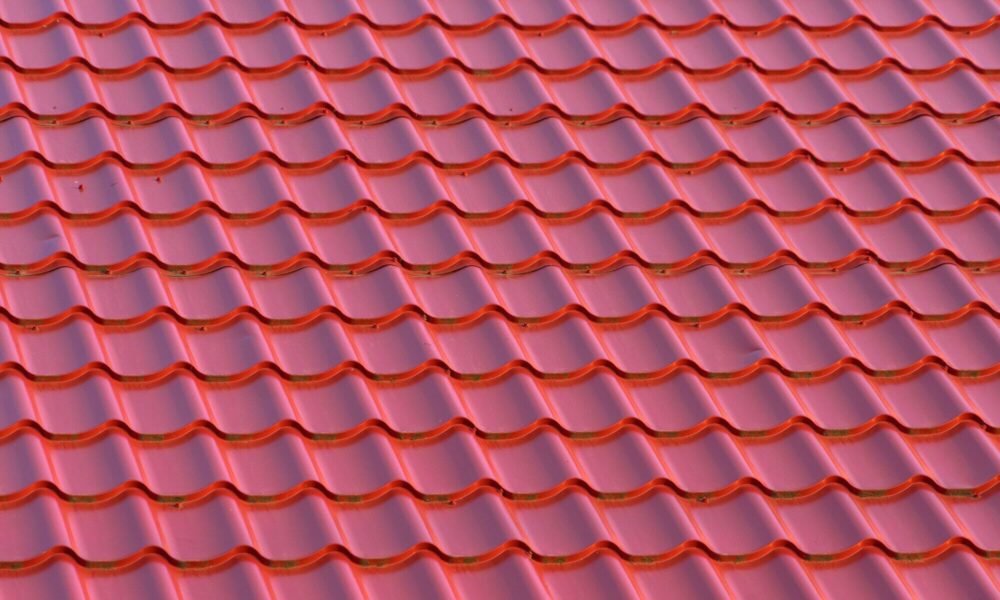Designing a roof involves more than picking materials. A well-designed roof detail ensures durability. How do you achieve this?
It must handle various weather conditions. Consider the importance of a good roof design. It isn’t for aesthetics.
A proper roof detail prevents leaks and damage. Are you aware of all the essential elements involved? This blog will explore those crucial factors.
From water management to thermal insulation, every aspect matters. Let’s dive into what makes your roof design good and exceptional.
1. Water Management
Proper water management is essential in all roof designs. Any damage caused by water can be expensive and time-consuming to fix. A well-designed roof detail should have a reliable drainage system to prevent standing water or leaks. This includes:
- gutters
- downspouts
- proper sloping
Various types of industrial roof drainage systems, such as internal drains and scuppers, are crucial to ensure efficiency. Regular maintenance and inspections are also key to prolonging the lifespan of these systems.
2. Structural Support
A well-designed roof must have adequate structural support to handle various weather conditions. This includes wind, snow, and heavy rain loads.
The design should also consider the weight of the roofing material itself. It is important to consult with a structural engineer to ensure that the roof can withstand these elements and support its weight without compromising the safety of the building’s occupants.
3. Thermal Insulation
Insulation helps regulate temperature and plays a crucial role in preventing moisture buildup. This is especially important in areas with extreme weather conditions.
Proper insulation can reduce energy costs, prevent mold growth, and improve comfort within the building. Choose appropriate insulation materials and install them to achieve optimal results.
4. Ventilation
Proper ventilation keeps your attic and roof cool, preventing moisture buildup and mold growth. It also helps with regulating temperatures and reducing energy costs.
A good roof design should have adequate ventilation through vents, soffits, or ridge vents. Proper placement and sizing of ventilation openings are crucial to ensuring air circulation.
5. Flashing
Flashing refers to the material used to create a water-resistant barrier around openings on the roof. It includes
- chimneys
- skylights
- vents
A well-designed roof detail must include flashing to prevent leaks and water damage. It is important to use high-quality materials and install them to ensure effectiveness.
6. Quality Materials
A well-designed roof detail should use high-quality materials that are durable and can withstand various weather conditions. This includes the roofing material and the underlayment, flashing, and other components used in the design. It may be tempting to cut costs by using cheaper materials, but in the long run, investing in quality materials will save you time and money on repairs and replacements.
Learn These Essential Elements of a Well-Designed Roof Detail
A well-designed roof detail is crucial for the longevity and efficiency of your roof construction. Each element, from water management to the choice of quality materials, plays a significant role in ensuring your roof can withstand various weather conditions and provide lasting protection.
By paying attention to these essential elements, you can achieve a roof design that looks great and offers reliable and durable performance. Investing time and resources in proper roof detail will save you from costly repairs and replacements.
Did you find this article helpful? If so, check out the rest of our site for more informative content.
